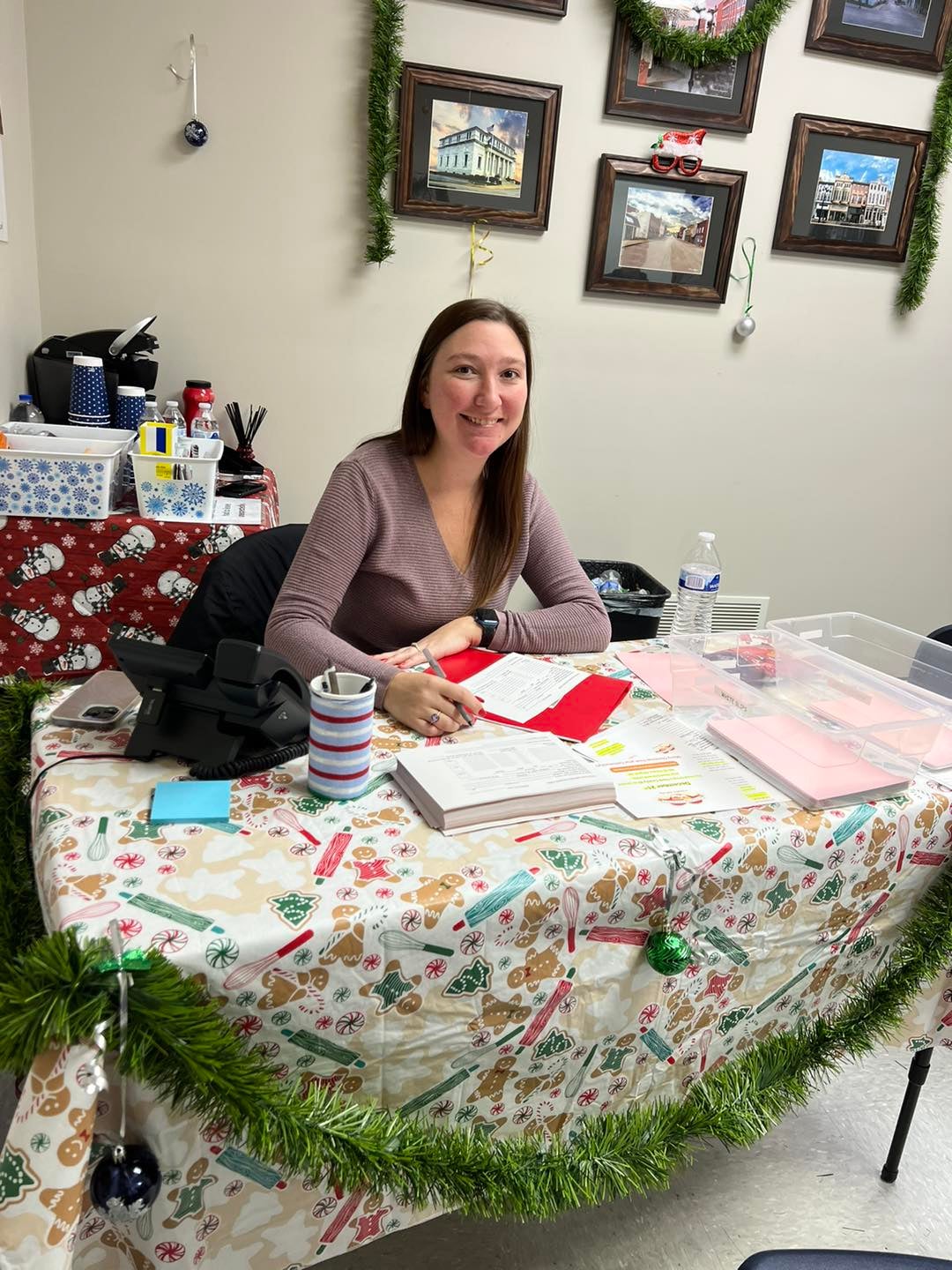Enoch: Turkey capital of Kentucky
Published 8:00 am Saturday, November 18, 2023
|
Getting your Trinity Audio player ready...
|
By Harry Enoch
Contributing Writer
“When Perry Browning switched enterprises back in the late 1930s, he had no way of knowing then that he was giving Thanksgiving one of the greatest assists since the Pilgrim Fathers started the whole business 340 or so years earlier.”
This quote came from Joe Creason in the November 22, 1959 issue of the Louisville Courier-Journal. Creason followed with another shoutout to Browning. “He founded a business that is a giant in the industry, one of the largest integrated turkey operations in the entire world.”
Browning’s “integrated operation” involved every step in producing turkeys—egg laying, hatching, raising the poults to maturity, then slaughtering, freezing and packaging them for market—on 2,194 acres of his land in Clark County and Winchester. Since he couldn’t produce nearly enough eggs to hatch, he had to buy them from 65 other farms all over Kentucky.
His hatchery was the largest in the world, turning out 2,000,000 baby turkeys a year. He raised some 330,000 on his farms, and the rest were sold to turkey growers as far away as the West Coast. Browning operated his own fleet of ten air-conditions trucks he called “Poultry Pullmans” to haul baby birds from the hatchery to other buyers.
His hens took about 20 weeks to mature, and toms about 24 weeks. During that time, each bird would consume about 80 pounds of feed and reach a weight of about 18 pounds. To feed the flocks, his mill ground 100 tons of feed a day that went straight to the farms. To keep diseases from spreading, the turkeys were separated into six growing and breeding units that were further divided into flocks of 12,000 to 14,000 birds kept in different fields.
Slaughtering and processing mature turkeys took place on an assembly line under the supervision of government inspectors. There were two lines with a combined capacity to process 28 birds a minute. The turkeys were then iced briefly to lower their body temperature before freezing overnight at 35 degrees below zero. For the final step, they were brought back to be packaged, weighed and boxed for shipping.
Browning produced about 8,000,000 pounds of turkey for the wholesale market and employed 200 in his processing plant plus another 60 at the farms and hatchery. He was an industry leader in the drive to increase turkey consumption. His motto was, “Eat turkey and live longer.” The industry claimed that domesticated turkeys were lower in fat and higher in vitamins than any other meat-producing animal.
A Lexington Herald article in 1961 stated that turkey raising in Kentucky exceeded the poundage of tobacco, the state’s signature crop. Burley growers grew 5 million pounds of tobacco the previous year, while turkey growers produced about 13 million pounds of turkey. Most of the state total came from the farms of Perry Browning and Charles Berryman in Clark County, who raised 500,000 and 150,000 turkeys, respectively.
The 1960s saw growers switching from the “bronze” turkeys they had been raising to white turkeys that buyers preferred. But the decade also included ominous trends. Although still active, Browning was approaching 70. And Berryman had leased out his processing plant to the Hebrew National Kosher Foods of New York, the largest kosher food company in the nation.
Browning died in 1970, and Berryman briefly reigned as the largest turkey producer in the state. But the industry was changing. That year Kentucky farms only raised about 100,000 turkeys. In 1972, Billy Reed wrote in the Courier-Journal, “Browning’s is no more. In fact, there are no more turkey farms here [Clark County]—or in the whole state, for that matter.” Browning’s plant on Maple Expressway—occupying more than 40,000 square feet of floor area and 275 feet of road frontage—went up for sale.
To find out what happened to the county’s turkey industry, I spoke to Clay Wills, a Clark County farmer and long-time ag teacher at the high school. There were two major factors contributing to the collapse. Growers in other states had increased production and lowered costs by raising their birds in environmentally controlled barns that could house thousands of turkeys and provide protection from predators, disease and weather extremes. These mass production techniques contributed to a 75 percent decrease in turkey prices between 1940 and 1970. Kentucky’s open-range turkey growers simply could not compete.
Turkey farms have made a comeback in the state. In 2021 Kentucky counted 672 turkey growers with cash receipts of almost 25 million dollars—accounting only for 0.3 percent of U.S production. Many are small farms where the birds still roam free. These mostly supply a gourmet market for organically raised turkeys.






